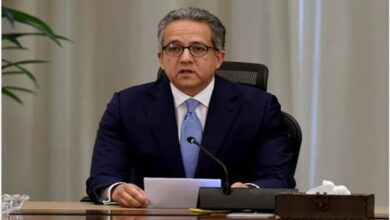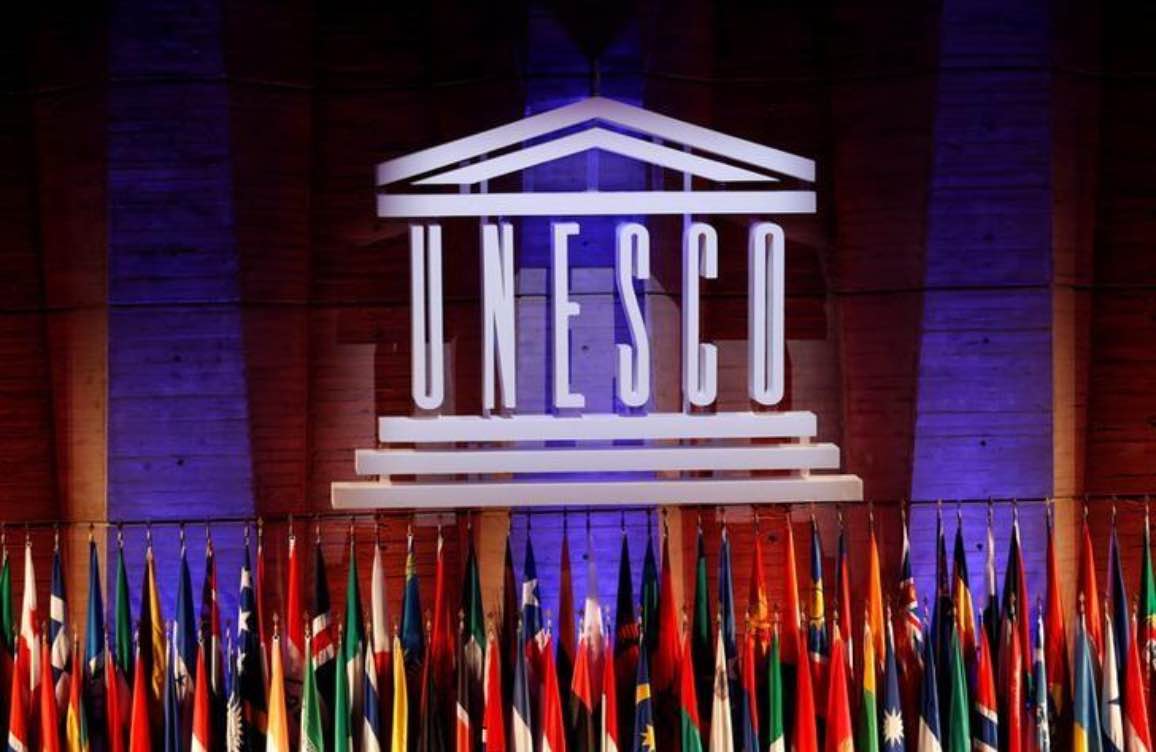
Egypt cannot afford to keep its museums open, let alone search for ancient buried treasures, because of the economic crisis, the antiquities minister says.
Tourism, a mainstay of the economy, has been hit hard since the 2011 revolution that overthrew veteran ruler Hosni Mubarak, with many of Egypt's renowned historical sites, from the pyramids at Giza to the Valley of the Kings in Luxor, suffering a decline in foreign visitors.
"We have over 20 museums that have been closed down since the January 25 Revolution and we do not have the resources to run them," Khaled al-Anani told Reuters in an interview.
His ministry is meant to be self-sufficient and not supposed to receive funds from the state budget. In 2010 the ministry made 1.3 billion Egyptian pounds ($146.40 million) a year; in 2015 income was down to 275 million pounds.
"That's a little over 20 million pounds a month. I have to pay 80 million a month in salaries alone."
Anani says that without a revival in tourism none of his new projects, such as the introduction of year-long museums and heritage site passes or extending opening hours will have the desired effect.
Neither will reopening Pyramid Complex of Unas, built for Pharaoh Unas, the ninth and final king of the Fifth Dynasty in the mid 24th century B.C., which has been closed since 1998 for fear of overcrowding and which Anani reopened in May.
Still, Egypt plans to partially open the Grand Egyptian Museum, an ambitious planned museum of Ancient Egyptian artifacts that will be the world's largest archaeological museum, in 2017, said Anani, bringing forward the scheduled opening date by a year.
This is only possible because the $248 million needed came from a Japanese loan years ago.
Financial woes also affect excavation attempts, which have seen a steep decline since 2011, he said. Other issues include a lack of international law experts at the ministry to help claim back Egyptian artifacts that were smuggled to other countries or claimed by the country's former colonial masters as well as the need to create a centralized database of antiquities to combat smuggling, efforts for which had stalled since the year 2000.
Kung Tut
Before Anani was appointed in March, his predecessor supported British Egyptologist Nicholas Reeves's investigation of the hypothesis that a secret chamber, believed by some to be the lost burial site of Queen Nefertiti, may lie behind King Tutankhamun's tomb. Anani is cooler on the topic.
Nefertiti died in the 14th century B.C. and is thought to be Tutankhamun's stepmother. Confirmation of her final resting place would be the most remarkable Egyptian archaeological find this century.
An analysis of radar scans done on the site last November has revealed the presence of two empty spaces behind two walls in King Tut's chamber.
Former minister Mamdouh al-Damaty said in November there was a 90 percent likelihood of "something behind the walls" and Reeves believes the mausoleum was originally occupied by Nefertiti and that she had lain undisturbed behind a partition wall.
The most minor of incisions in the wall could wreak damage to an inner chamber that may have been hermetically sealed for so many years, however.
"I did intend to open up the tomb, but only if a second radar scan showed 100 percent that there were empty spaces, which it did not," Anani said.




